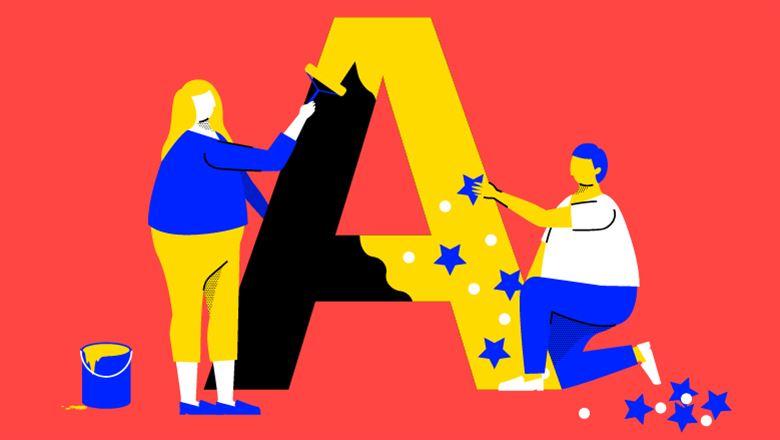Blake Stenning
Blake Stenning, MAM, is director of communications for PHADA in Washington, DC, and immediate past chair of ASAE’s Communication Professionals Advisory Council.

Every association has its own brand, but the longer an organization is around, the more its members and mission can change. If your brand no longer matches your association, it’s time to update your image through a refresh or a reboot.
For 130-plus years, the Entomological Society of America has served its constituents in their pursuit of the scientific study of insects, but recently ESA became concerned that its brand no longer communicated successfully who it was. While a wide variety of species may be advantageous in the natural world, in the association realm different departments producing materials in myriad styles can have a negative impact on how the organization is perceived.
Although most association professionals are familiar with the term branding, many struggle with how to define it, as well as how to make the case to senior leadership for why it’s important. In January, ASAE’s Marketing Professionals Advisory Council conducted a survey that showed branding is often misunderstood. Responses indicated that efforts can become siloed between departments to the point that the existing brand no longer reflects the organization’s core values. Instead, it becomes a patchwork of opposing visions. The results of the survey aided development of a recent webinar: “Calibrating Your Brand Positioning. When to Refresh? When to Reboot?”
Lilia LaGesse, senior creative strategist at the creative agency GRAPHEK, and Laura Sparks, senior marketing and web manager at ESA, presented a case study on ESA’s comprehensive branding reboot—a multi-faceted metamorphosis that led to the organization rediscovering who it is and what it represents. LaGesse began by defining branding as a person’s perception of a product, service, experience, or organization. As she explained, branding is more than a logo, website, or even a mission statement. Instead, branding encompasses every aspect of an organization from its messaging to its people.
When it comes to branding reboots or refreshes, it is important to recognize that the process can often be demanding on staff time, so associations must be realistic about how much focus can be dedicated at any given moment.
In determining whether a brand refresh or reboot is right for an association, LaGesse offered three takeaways:
Good research is crucial to making informed decisions from the onset. To accurately assess how ESA’s members perceived the association’s brand, GRAPHEK conducted in-depth interviews with key stakeholders. Next, they prepared a visual audit of materials produced by each department—from printed conference programs to email marketing templates. Every piece looked and read like it came from a different organization. When these findings were presented to ESA, the staff had a lightbulb moment that led to the question: Why are we using generic clip art rather than the “gorgeous creatures” of entomology in our materials?
ESA held a vast untapped library of high-quality photographs of every conceivable shape and color of insect, and GRAPHEK used those as inspiration to establish a visual hierarchy of graphic styles—from microscopic details to silhouetted forms—developing a collection of mosaic-like patterns found in insects’ wings, compound eyes, and body markings. They also updated the typography of the logo and simplified the color palette to present a more modern look that better reflected ESA’s future focus.
When it comes to branding reboots or refreshes, it is important to recognize that the process can often be demanding on staff time, so associations must be realistic about how much focus can be dedicated at any given moment. Partnering with an outside creative firm or branding consultant can help alleviate some of these burdens, but decision-making must still be made by the association. The good news is that it can be an iterative process, like it was for ESA. The association developed a priorities list to tackle the most important rebranding initiatives first, then continued to implement the secondary items on an ongoing basis. The first deliverable was a brand guideline that empowered staff to produce materials using a structured design and aesthetic framework. This gave individuals a sense of ownership while collectively presenting a singular voice.
Whether embarking on a simple brand refresh or a more complex reboot, a successful brand reflects members’ perceptions of who they are. The result of ESA’s branding reboot could be summed up as “the beauty of insects, the colors of nature.” According to Sparks, members were excited to see the new graphic elements: “They see these patterns and textures in their daily work,” and ESA’s intentional use of those elements in its new marketing and communications materials demonstrated that it really knows its members and is speaking their language.